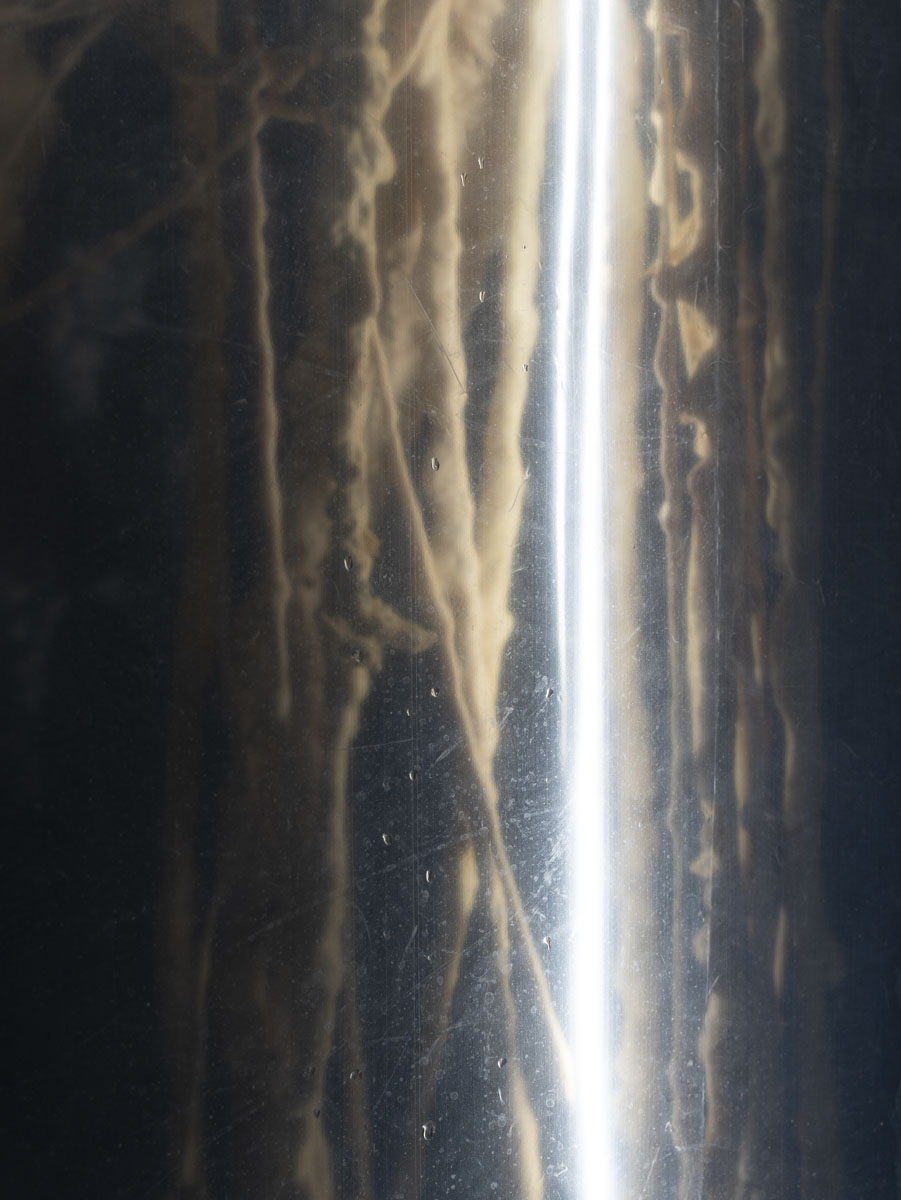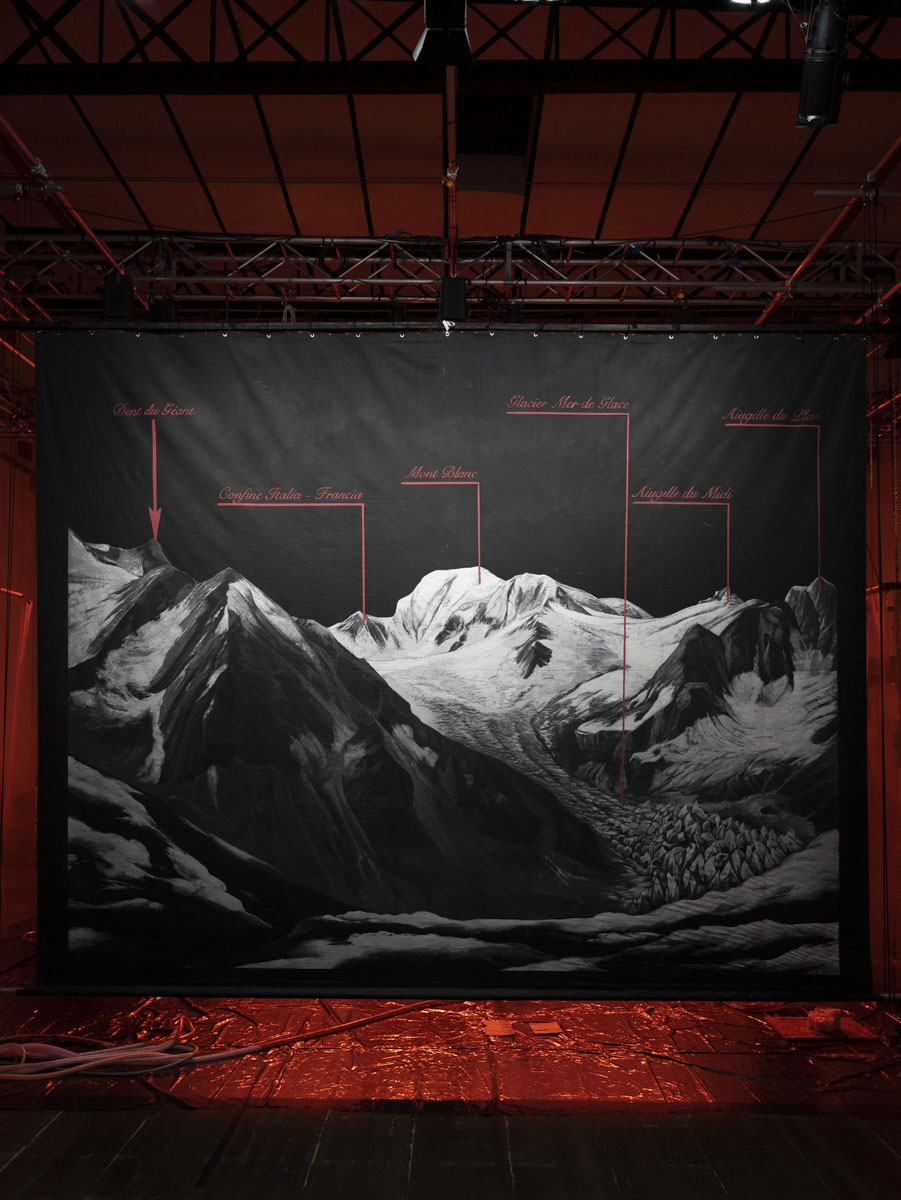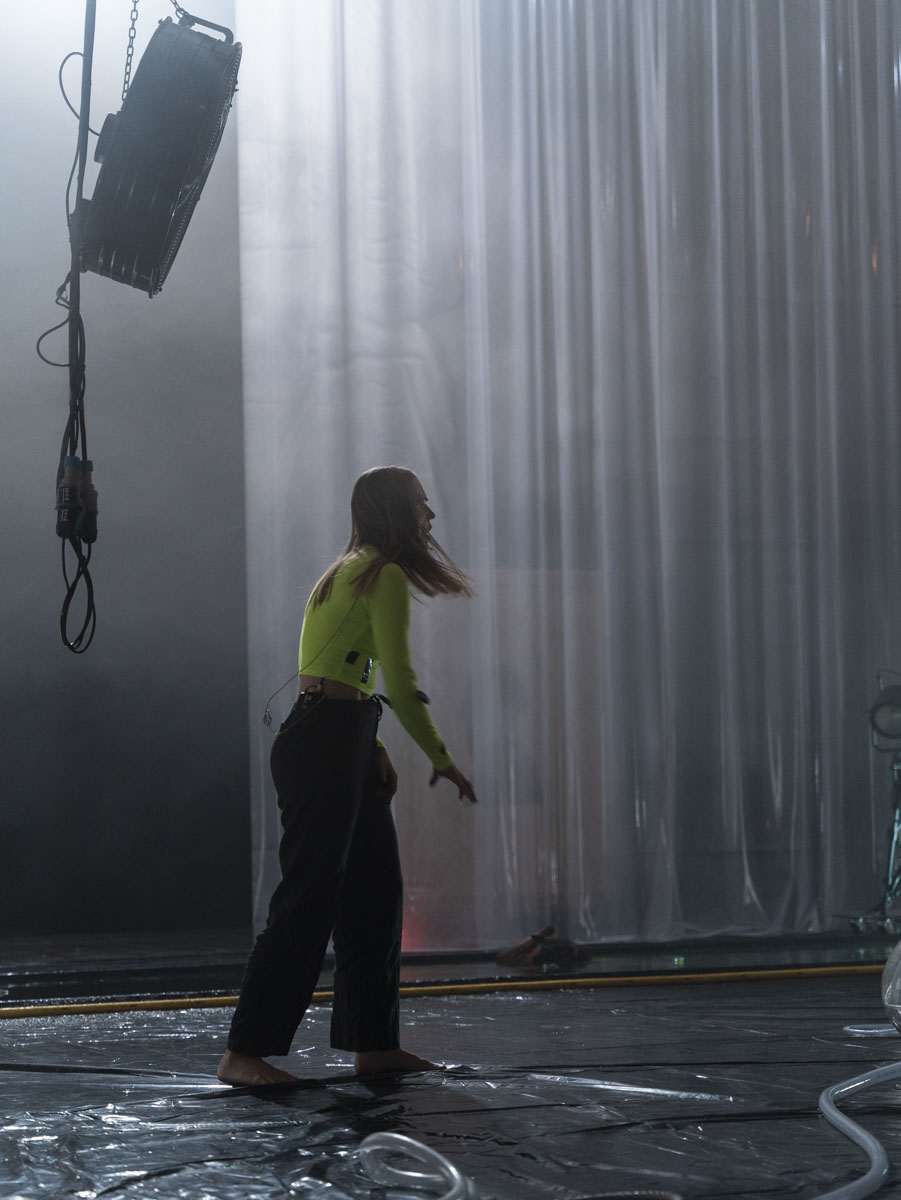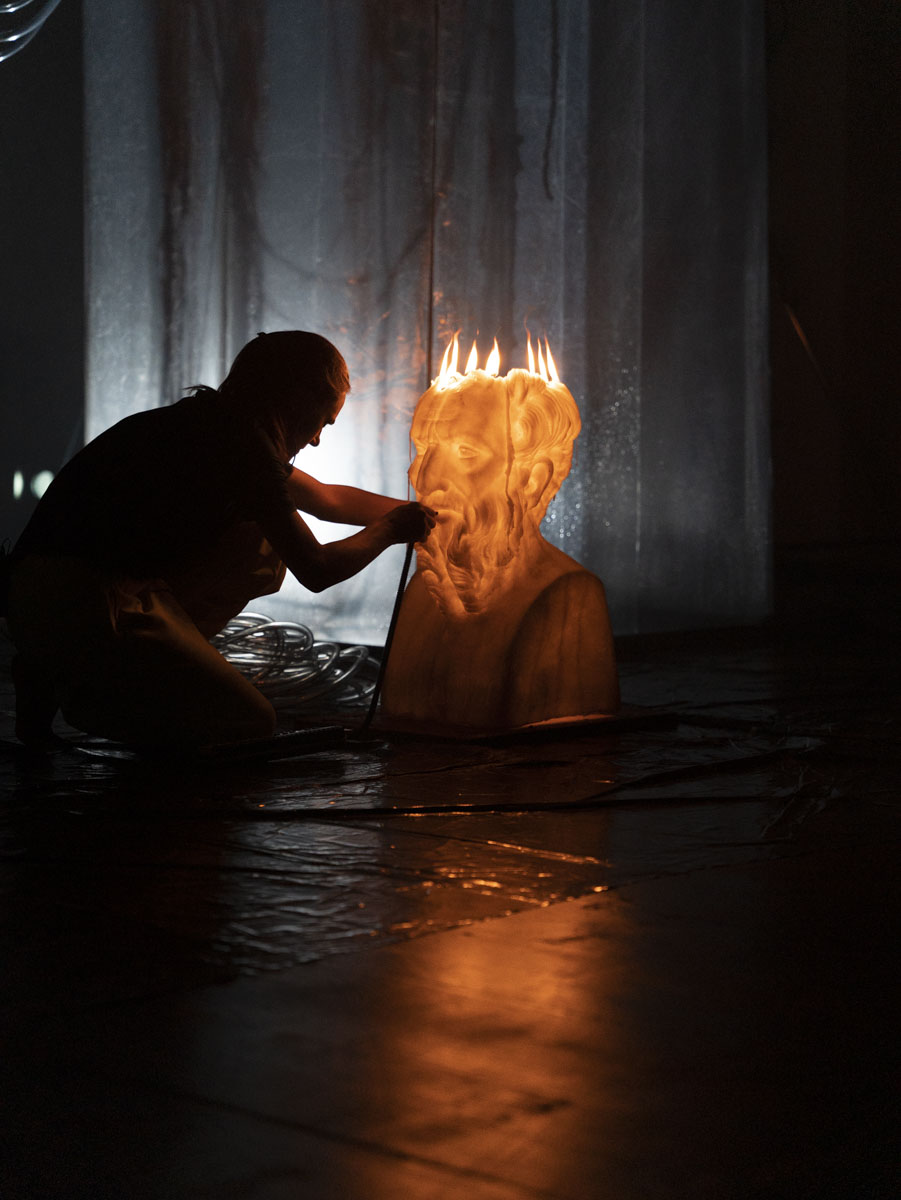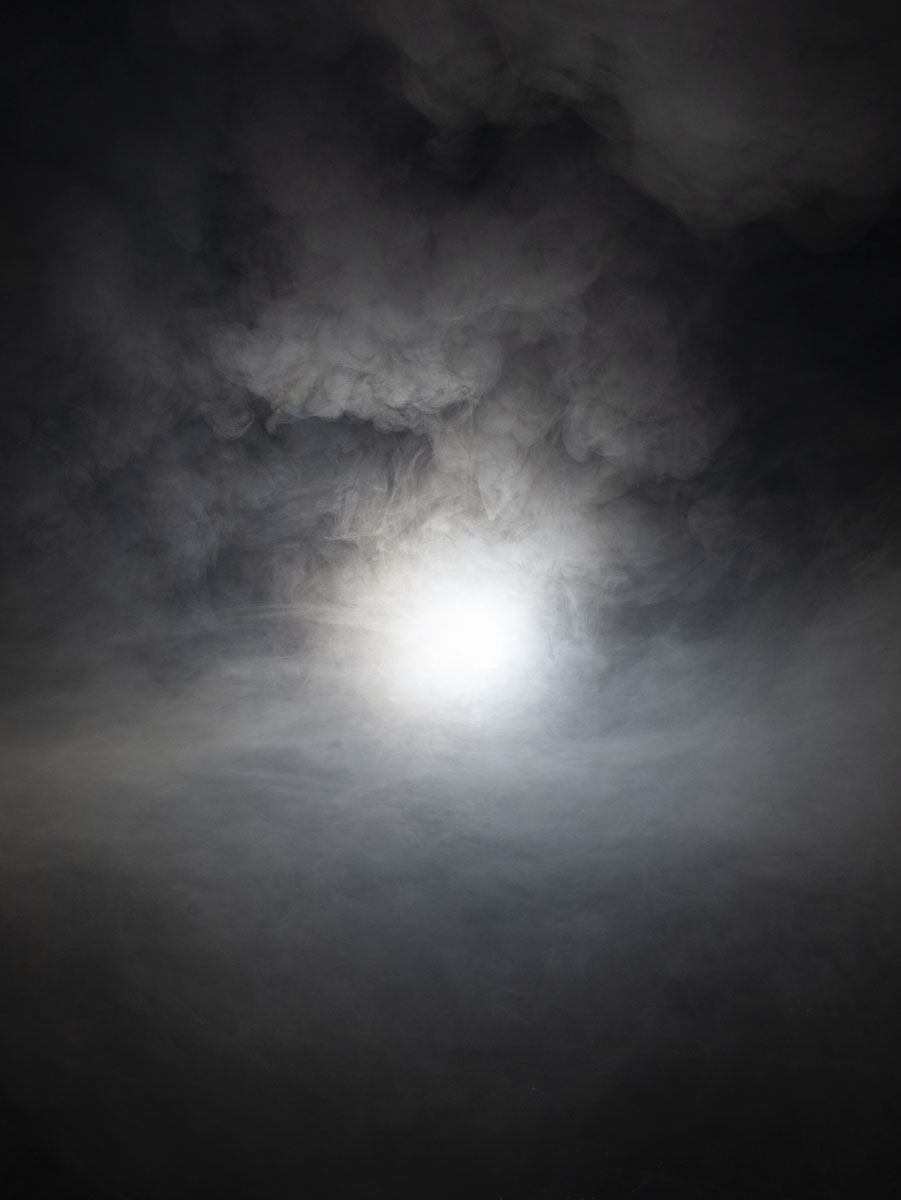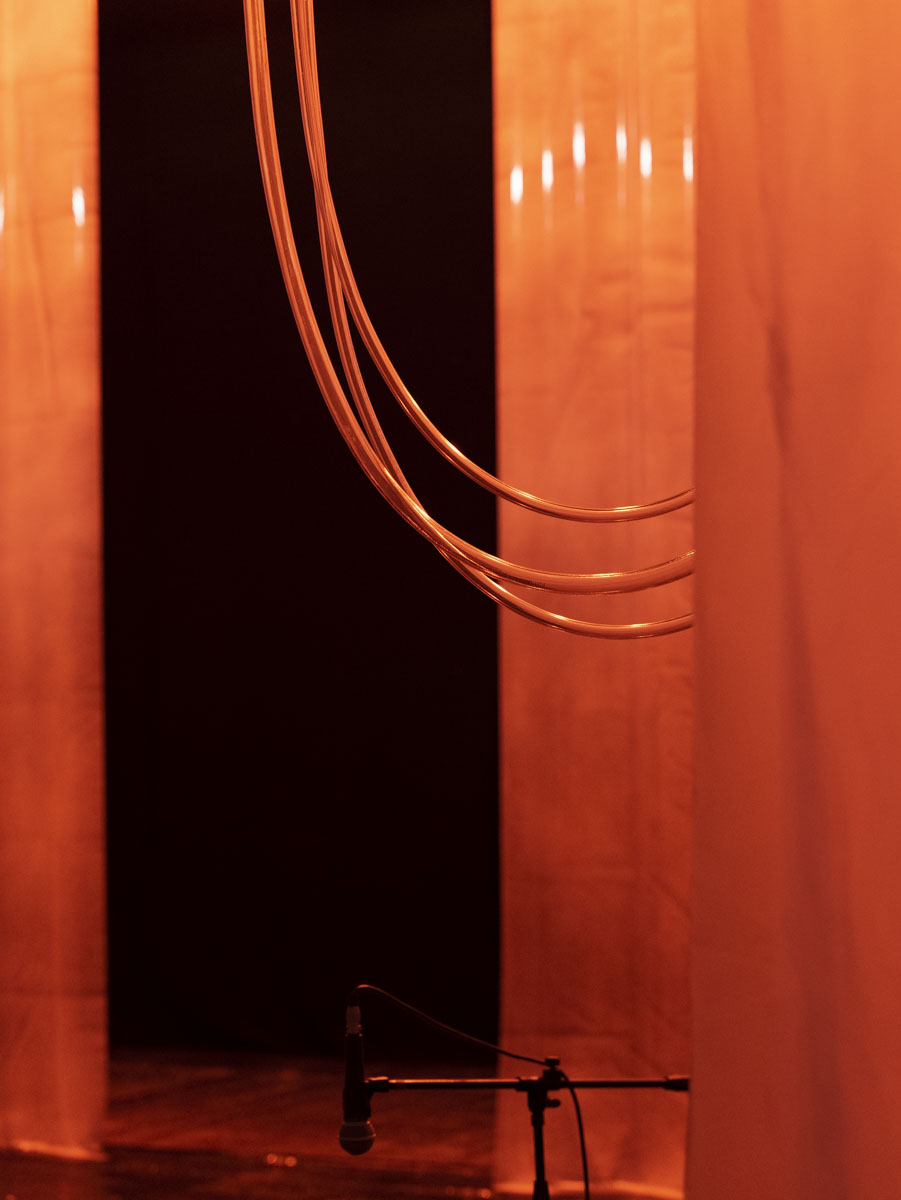content
"Contrary to what mainstream science might argue, imagination is a major component of scientific rationality” rosi braidotti
OHT confronts a classic of Western literature; Frankenstein or the modern Prometheus. Moving around the time of the experiment, OHT makes partial and vertical lunges into the text, without limits of form, language and duration. The novel becomes material to be examined, dissected, re-stitched, a body available for different experiments: a performance, a reading session, an installation, an EP, an aborted radio drama, a filmic adaptation and finally a book are generated as parts of the same experimentation that proceeds horizontally through the Shelley’s story to investigate its multiple ramifications.
OHT's research sinks into the emotional and literary heart of Mary W. Shelley's novel by listening to the voice of the monster and bringing it back to the centre, discarding the imaginary of Frankenstein that has always prevailed over the story. The creature is reborn as a newborn child of western literature, an infant left alone, escaping loneliness and discovering himself and the world.
year
2023
running time
0:60:00.0
genre
theatre
press
La Lettura > Frankenstein è uno choc climatico - 29.I.2023
PAC > La solitudine interstellare, i salti quantici e il cuore nel Frankenstein di OHT - 16.II.23
Sipario > Frankenstein - 19.II.23
Agenda17 > La crisi climatica è un mostro che sfugge al controllo e si diffonde - 20.II.23
Krapp Last's Tape > Frankenstein di OHT: tra mostro e ambiente - 25.II.23
Artribune > Il Frankenstein di Mary Shelley di OHT a teatro parla del mondo di oggi - 02.III.23
Il T > Ho cercato Frankenstein e il mondo in tutto il mondo - 30.III.23
Franzmagazine > Frankenstein: la nuova produzione di OHT a Trento - 30.III.23
Stratagemmi > Frankenstein. Un'umanità disorientata - 31.III.23
Sanbaradio > Il Frankenstein di Filippo Andreatta - 01.IV.23
Il Trentino > il Frankenstein che ci parla di clima - 09.IV.23
MaCulture > Filippo Andreatta, Frankenstein - 07.VIII.23
Le Temps > A Nyon, le far° souligne l’importance dela confiance - 19.VIII.23
Flash Art > "Enduring Love" Centrale Fies / Dro - 14.X.23
Dramaholic > Il respiro dell'anima, nel luogo della vita: anche dal paesaggio può ripartire il teatro - 06.05.24
Itinerari nel Presente Indicativo > Frankenstein - 07.V.24
credits
FRANKENSTEIN
performance by Office for a Human Theatre
> directing, set and writing Filippo Andreatta
> texts from Mary W. Shelley, Clarice Lispector
> sound and music Davide Tomat
> performer Silvia Costa, Stina Fors / Maria Isidora Vincentelli
> assistant directing Veronica Franchi
> light Andrea Sanson
> stage manager Cosimo Ferrigolo
> costume Lucia Gallone
> stage sculpture and automation Plastikart Studio
> wax bust and masks Nadia Simeonkova
> painted backdrop Paolino Libralato
> technician Orlando Cainelli
> tech-internship Rebecca Quintavalle
> administration Lucrezia Stenico
> development Anna Benazzoli
> photography Giacomo Bianco
> teaser Anouk Chambaz
> production OHT
> co-production TPE Teatro Piemonte Europa, Snaporazverein (CH)
> artistic residence Centrale Fies
> supported by MiC, Provincia Autonoma di Trento, Fondazione Caritro di Trento e Rovereto
production history
8.II.23 > Teatro Astra, Torino > premiere
9-10-11-12.II.23 > Teatro Astra, Torino
31.III-01.IV.23 > Teatro Sanbapolis, Trento
9-10.VIII.23 > FAR Nyon festival [CH]
21.IX.23> Centrale Fies, Dro
20.X.23> Asteroide amor, Venezia
4-5.V.24 > Piccolo Teatro / Threes production - Milano
09.XI.24 > Tenuta Dello Scompiglio, Capannori
01.II.25 > Teatro Zandonai, Rovereto
replicas
15
